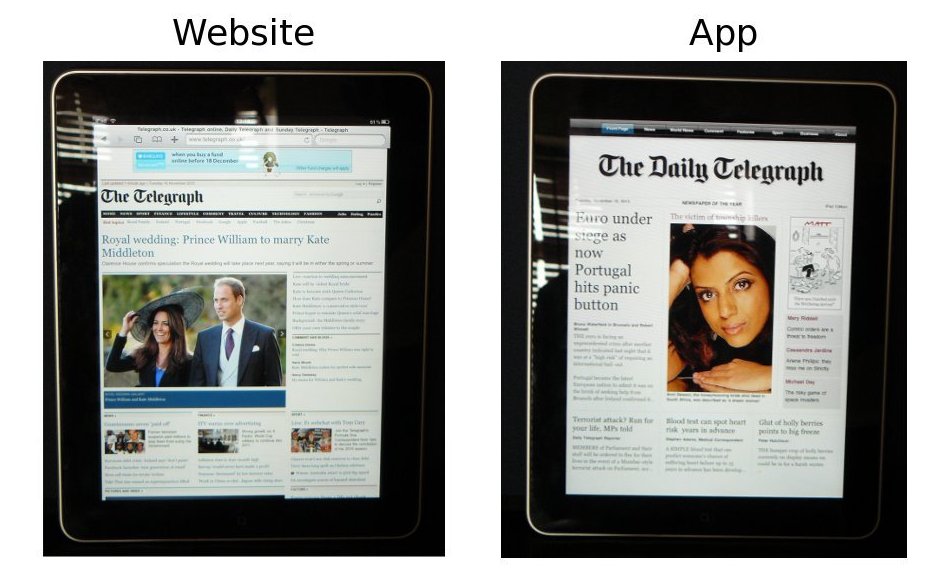The iPad is not the saviour of the newspaper business
There've been a couple of bits of (IMHO) crazy talk from UK newspaper execs reported in the past couple of days, that I couldn't let go without adding my two-penneth.
First off we have James Murdoch proclaiming:
Our flagship newspaper products are now the iPad apps.
Yeah, and the Titanic was the flagship of the White Star Line.
We then have Sylvia Bailey piping in:
Bailey looked forward to platforms like tablets and Apple’s desktop app store, “without the design limitations of the web”.and
I just can't see why a consumer would pay for something where they can get the same thing at as high a quality for free.
Now, I agree 100% with that last comment. Thing is though, the iPad newspaper/magazine apps I've seen so far [1] don't actually seem to be much of an advance from their website equivalents - and in some aspects, they can be inferior, such as how rapidly their content is updated:

Whilst it's unfair to use a rival's products to critique someone's opinion, I think you'd be hard pushed to say that the Telegraph website shows has "design limitations" compared to their native app, quite the contrary in fact. Not to mention that if you're going to be comparing custom iOS (or Android for that matter) native apps to the web, then it'd be only fair to look at webpages built with CSS3, HTML5, AJAX, etc which aren't crippled by the need to support the likes of IE6.
Going back to the original JRM quote, surely the flagship product of a newspaper organization - for now at least - should be the newspaper itself? I haven't looked for recent figures for News International, but a couple of years ago, the printed product accounted for 85% of Guardian Media Group's revenues, and I'd be surprised if things are radically different now.
JRM talks about the "cannibalistic effect" of apps on the printed product, and I assume he's talking about that from a user/income point-of-view. But what about the "cannibalistic effect" internally? If your flagship is actually a niche product, then all the focus and attention it has taken away from the core business is more likely to accelerate than prevent your demise.
Not to mention, burning 20 million quid and several hundred man-years on these sorts of frivolities can't be healthy in an organization that's had to make fairly big cuts elsewhere.
Doubtless a year-or-so back, Steve Jobs did the rounds of all the big media conglomerates, using the notorious reality distortion field, to sell them on his "magic". Now, if you were in the desperate ruler of a declining kingdom, and a wizard came along saying that all of your problems would be solved if you had some of his magic beans, then it wouldn't be surprising that you bought into that fairy tale dream.
Personally, I'd be surprised if Steve Jobs has any more love in the interest in the publishing business than he does for the music industry. Selling the world a new type of device is/was a tall order, especially when apparently similar products had previously flopped. Who better to help spread the word than a desperate bunch seeking a saviour, but who still retain a good degree of influence and audience?
Footnote: I hasten to add, I've not actually spent much time with many iPad/iPhone newspaper/magazine apps. Those which I have seen I haven't found overly inspiring - they're either fairly basic text/image rendering that could be done just as well in HTML, or humongous archives of JPGs or PDFs pulled straight from the print version. I haven't checked The Times' Eureka app, which is supposedly quite good, but reeks of "mid '90s multimedia CD-ROM" to me, and we all know what happened to that line of electronic publishing...